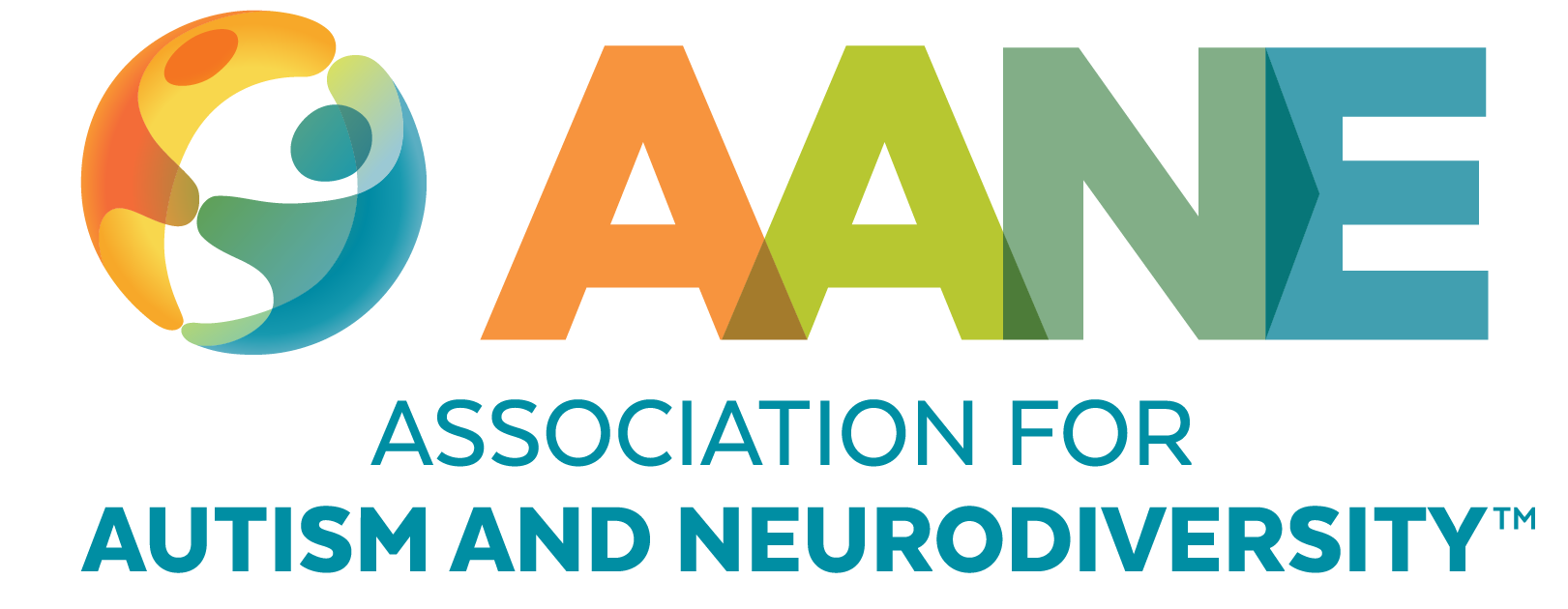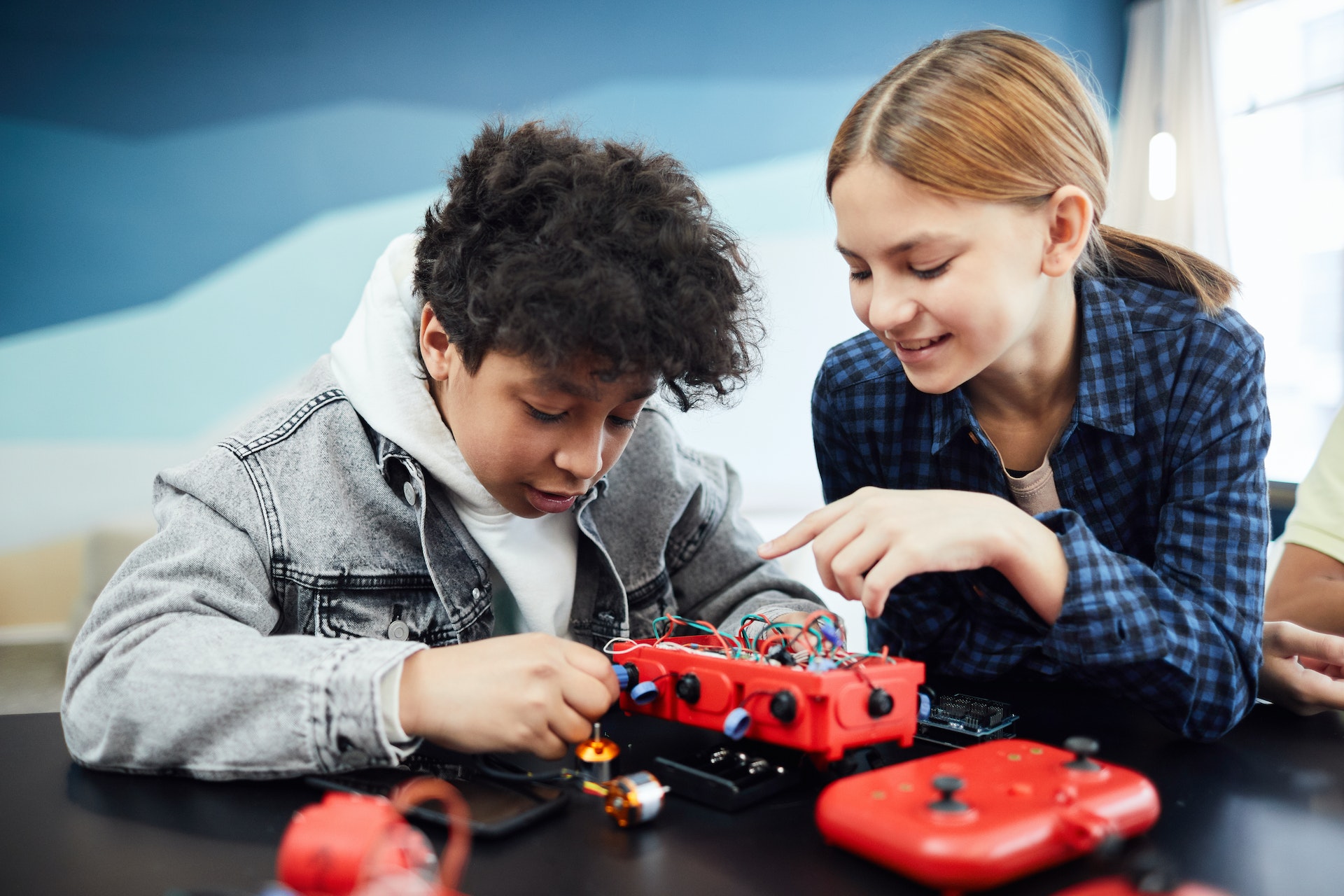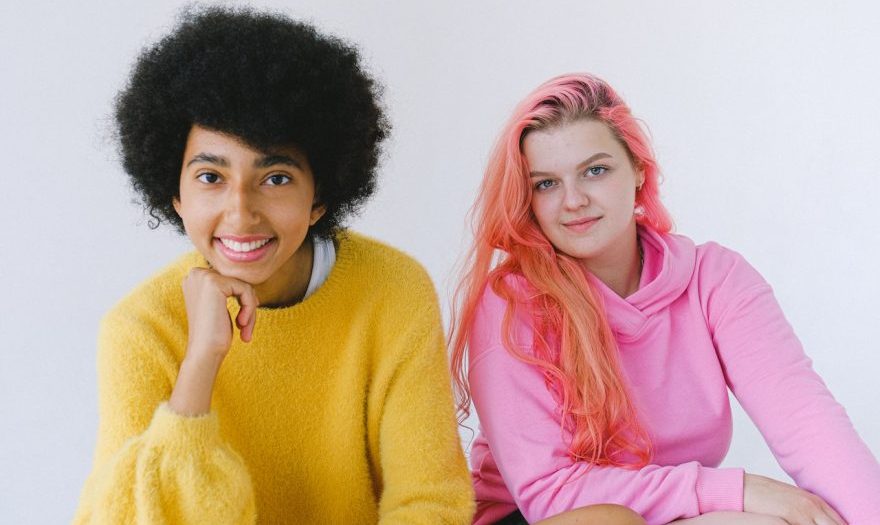
Friendships: Variations on a Theme
About the Author
Brenda Dater, MSW, MPH, is the executive director at AANE and the author of Parenting Without Panic. Brenda is a mom of three, and her eldest is an Autistic transgender woman. Brenda has facilitated parent support groups for over 20 years and thoroughly enjoys creating an environment where parents can find the support, information, and the community they need.

Isolation is one of the greatest challenges facing our Autistic community. Many Autistic teens and adults and their family members reach out to AANE seeking social connections that could lead to friendship. Forming friendships can be challenging for Autistic folks because non-Autistics have unspoken rules and expectations about how social interactions should work. Whether it’s waiting your turn to talk, limiting how much you talk about a specific topic, or asking questions of the other person, established neurotypical social rules can make starting or maintaining friendships exhausting.
Friendship myth: Online friends are not real friends
Many parents contact AANE concerned that their child, no matter their age, only has online friends who they never see in person. Even before COVID shifted us to virtual interactions, many Autistic individuals found their people through online connections. Whether it was playing an online game or joining chat groups to find people with shared interests, I’ve seen meaningful friendships blossom in the virtual world. Online interactions can remove some of the social anxiety barriers that often impede Autistic folks like minimizing the need for “small talk.” If communicating online creates a place for people with shared interests to find each other, decreases stress and anxiety, and allows people to know what to expect, then virtual spaces offer an optimal environment for real connections that shouldn’t be minimized.
When I told my Autistic trans daughter, Rachel, that I was going to address the topic of friendships and social connections, she asked me to share her experience. At 26, Rachel would still prefer to see her friends in person. But she also feels that her online friendships have allowed her to find other Autistic trans women who have been hard to find in person. She finds these friendships deep, caring, and helpful to her. She has people she reaches out to and trusts, and she and her friends feel mutually supported and celebrated. If she didn’t have these online connections, she would be much more isolated. She does not see a difference between online and in-person friends; to her, no matter where she meets them, they are all true friends.
Finding friends outside of school or work
Parents also express concern that their Autistic child doesn’t seem to have any friends at school or hasn’t connected with peers at work. It’s true that schools can help identify other students who share similar interests and there may be an ERG (employee resource group) to connect with at work. However, I encourage parents to think broadly about all of the opportunities their child has to connect with others throughout the day, beyond those environments. I’m part of an intergenerational chorus, and we’ve had many Autistic individuals and family members join. One Autistic woman and her mother told me that the chorus was the first place they felt she could be her authentic self and feel accepted and welcomed.
Friendships take time
Beyond the issue of where to find friends is how to find friends. As much as a person might want an instant connection with another person, more often friendships take time to develop. I know for my daughter, a strong first impression has occasionally led her to rule out a possible friend after one attempt. While sometimes it was clear from a first encounter that it was not a good match, other times, she admitted she might have put too high an expectation in finding that “friend at first site.” Now Rachel sees the value in allowing more time for a new friendship to grow.
Social stamina
No discussion of friendship and social connection is complete without addressing the amount of energy required to interact with others. For example, even though my daughter enjoys time with her friends, she also needs a lot of time that isn’t spent interacting with other people. She has learned what mix of time spent alone, or with our dog works to replenish the energy it takes to be more social. Rachel’s a confident self-advocate, letting her friends know when she needs time alone so there is no misunderstanding about her interest in them. Each of us have our own optimal mix of time spent socializing and time spent in more solitary activities. Although this often changes over time, making sure there is a balance between the two is crucial. Releasing societal pressures, increasing self-understanding, and advocating for what you need is a solid foundation for finding and maintaining social connections of value.
Stay Current
Subscribe for AANE weekly emails, monthly news, updates, and more!




